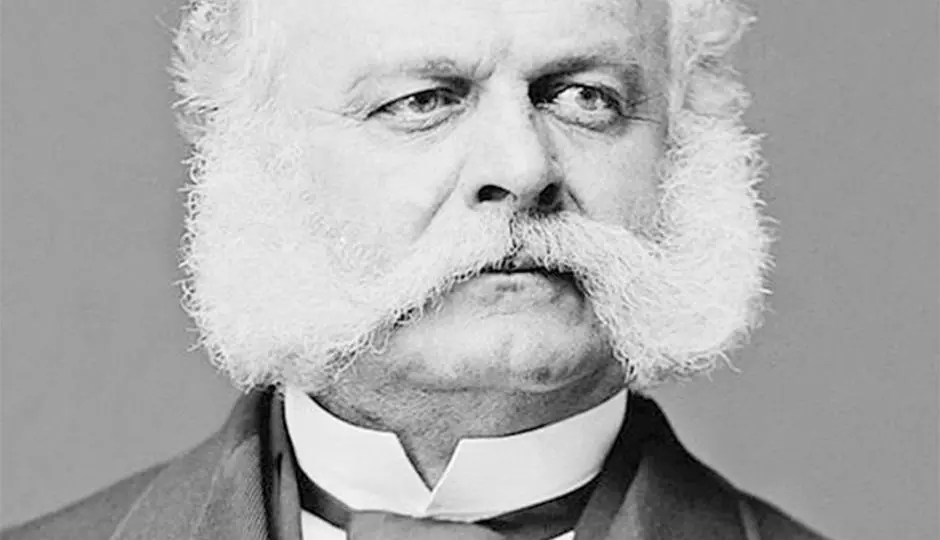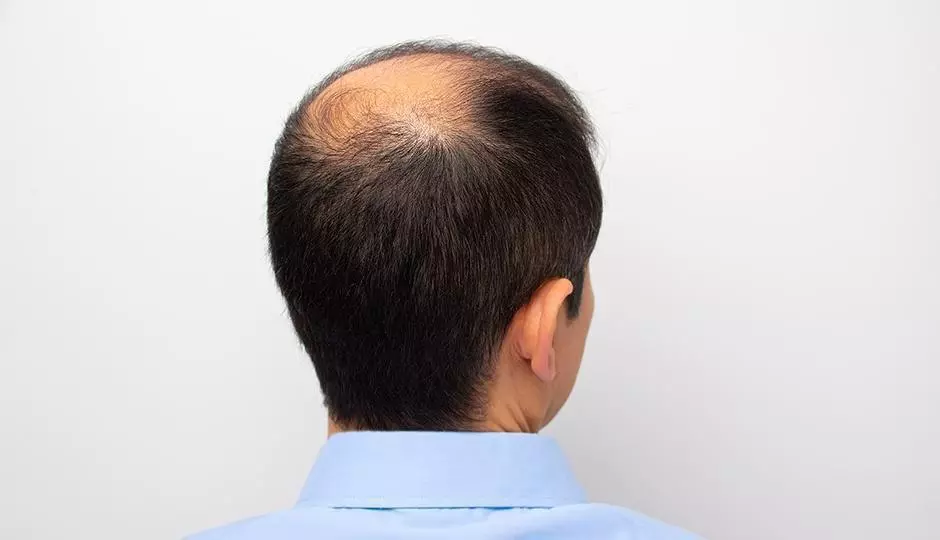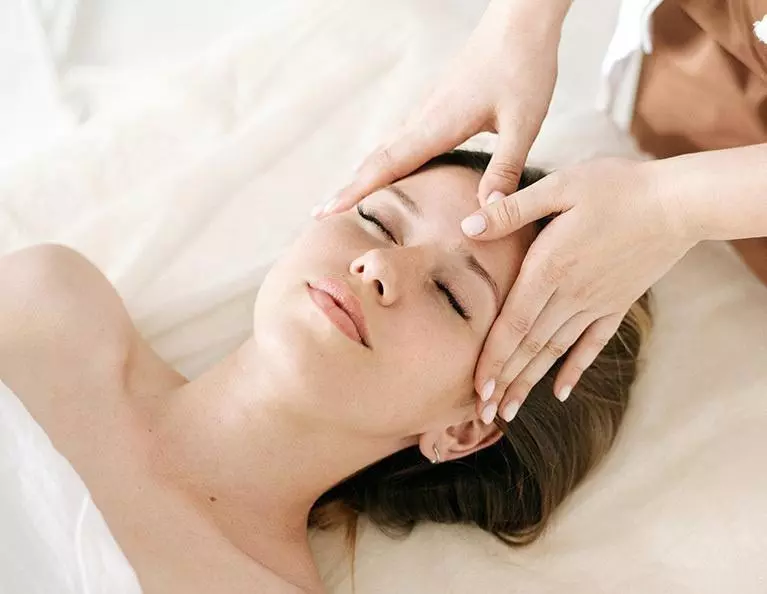The term “manscaping” may have only been around since the 21st century thanks to the popular Bravo TV show, “Queer Eye for the Straight Guy,” but the activity of body grooming for men dates back to ancient times. Explore how manscaping evolved throughout history with these four facts.
- The Egyptians Manscaping Took a Cue From Combat
Body grooming was a favorite pastime for ancient Egyptians. Having too much hair was viewed as barbaric and unfavorable, so it wasn’t uncommon for them to pluck or tweeze it away. Egyptian pharaohs also were depicted with long, fake beards as a sign of royalty even in death. However, manscaping also served a functional purpose: combat. The Egyptians took the cue from Alexander the Great, who wore a shaved face so enemies had nothing to grab, but the Egyptians eventually morphed the habit into a daily ritual for aesthetic purposes. - You Can Thank the Greeks and Romans for the Goatee
Some may think that the goatee first appeared during the Renaissance thanks to William Shakespeare, but this precisely shaped connected mustache and beard can be traced back to the ancient Greeks and Romans. The Greeks followed the look of the Greek god Pan, who was depicted with a maniacal goatee. Although the Romans appropriated the goatee from the Greeks, they preferred a clean look and kept it neatly clipped. They also introduced shaving as a habit. - The American Civil War Brought Serious Sideburns
Manscaping your facial hair for the perfect “side whiskers” was a sign of prestige during the American Civil War in the late 1800s. Major General Carter Littlepage Stevenson was notoriously known for his intricately shaped sideburns. Today, this popular style is associated with rock stars or 1960s-inspired hipster looks. However, the term “sideburns” can be attributed to Union Army General and Senator Ambrose Burnside, who sported dramatic sideburns. His mark was so influential that the term used today is merely a spin on his last name. - World War I Introduced the American Standard for a Clean Shave
Author Rebecca Herzig points out in her 2015 book titled “Plucked: A History of Hair Removal in America” that the clean shaved look can be attributed to World War I. Men shaved their faces for smooth skin to fit their gas masks with ease. Thanks to this popular look, the safety razor became a classic grooming tool and is still used today. Keeping your face well groomed to match your hairstyle seems to be embedded in popular culture, but it’s the past that you can thank for today’s styles.
Gentlemen, New Look Institute can help you keep up your appearances if you suffer from thinning hair or hair loss. We offer non-surgical, non-invasive hair replacement and hair loss treatment solutions for men and women. To schedule a free consultation contact us.
Photo Credit: Breanne Lamont Via Flickr Creative Commons







